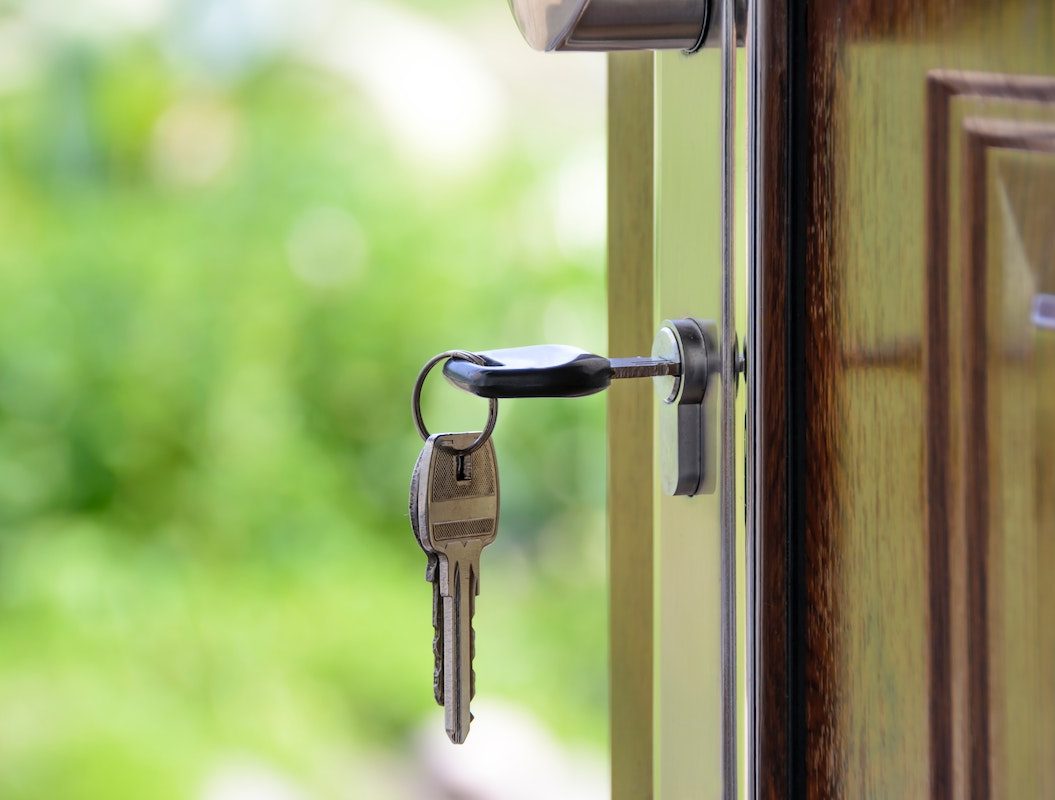Hi, I'm a first year music student with a passion for writing, acting and all things Marvel! I'm a member of both the Creative Writing, and Comedy societies and would love to write a musical one day.
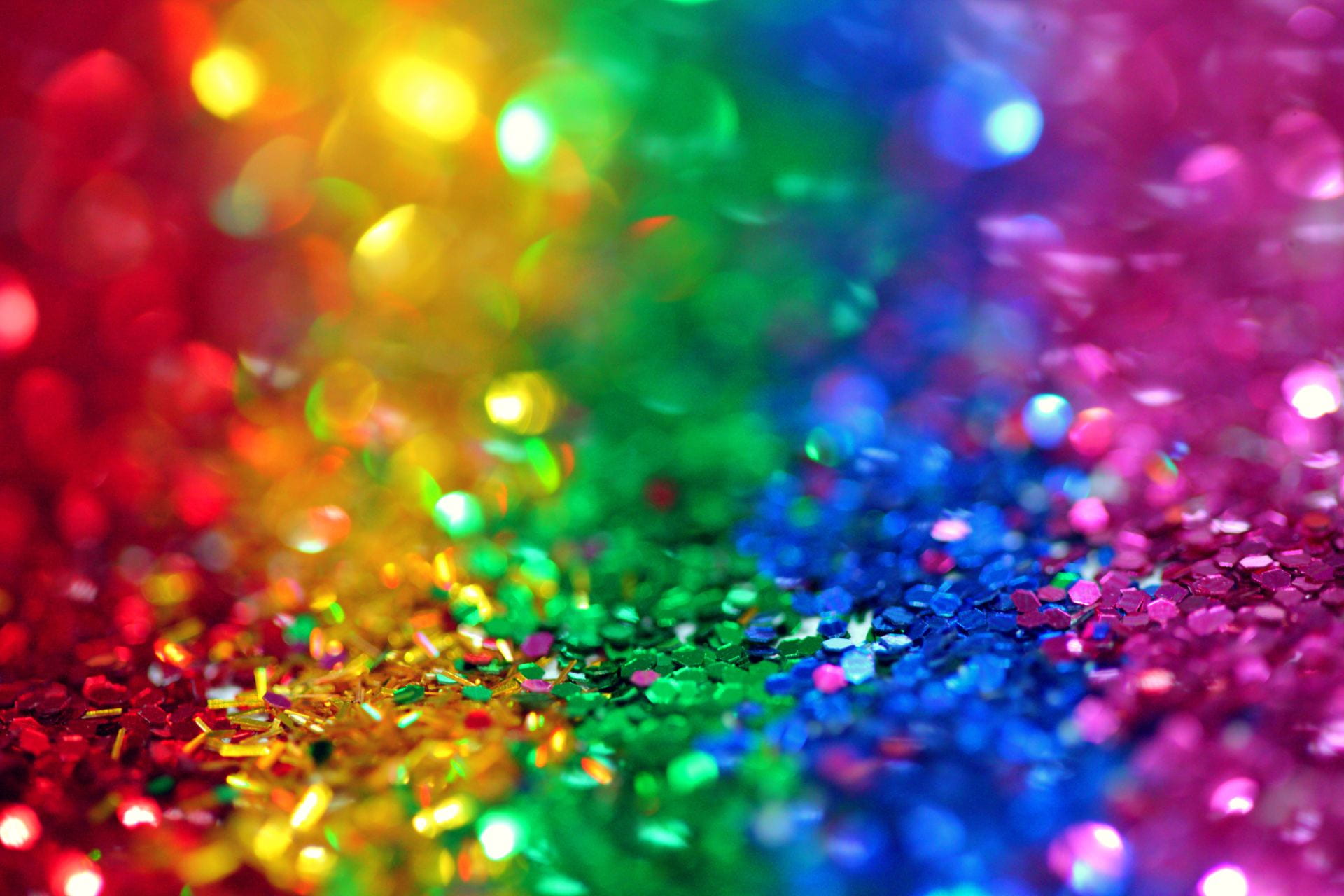
How to Be an LGBTQ+ Ally: Flags
June 25, 2021,
read.
This article is more than 3 years old
Each year, during pride month, rainbow flags can be seen everywhere. On coffee cups, dangling from windows, and across social media. As more sexualities have been recognised within the LGBT+ ensemble, more flags have been designed for each group, aiding in a sense of identity, support, safety and community. Whilst it’s not crucial to be able to instantly recognise every single flag, it’s a good idea to understand the sheer variety within the umbrella of ‘queer’.
The First
Created in 1977, by Gilbert Baker, it features eight different colours that symbolise an aspect of the queer community (at least at the time of its creation).
- Hot Pink : Sex
- Red : Life
- Orange : Healing
- Yellow : Sunlight
- Green : Nature
- Turquoise : Magic and Art
- Indigo : Serenity
- Violet : Spirit
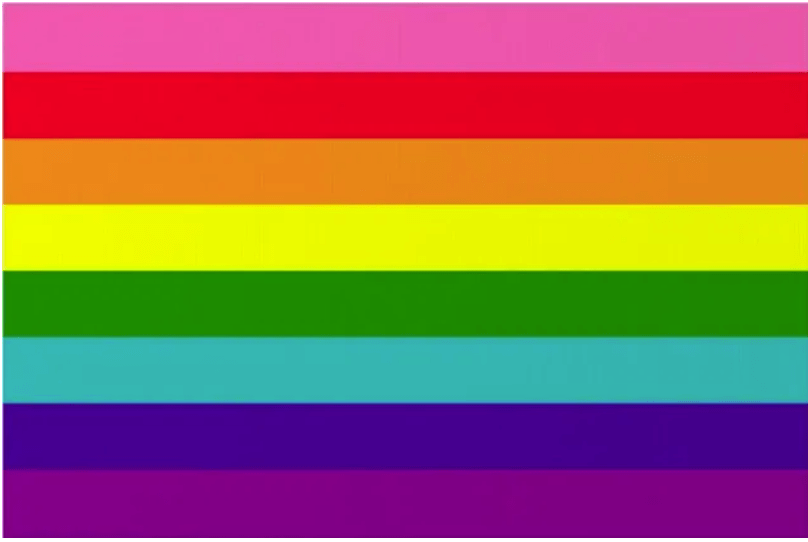
6 – Colours
Probably the most recognisable pride flag, this 6-colour version of the first Baker flag removed hot pink (as the fabric was hard to find) and turquoise (to keep an even number of colours) from the original.

Philadelphia
This flag was launched in 2017, as a response to a demand for more inclusivity across the queer community. The addition of black and brown stripes symbolise the representation of black people with the LGBTQ+.
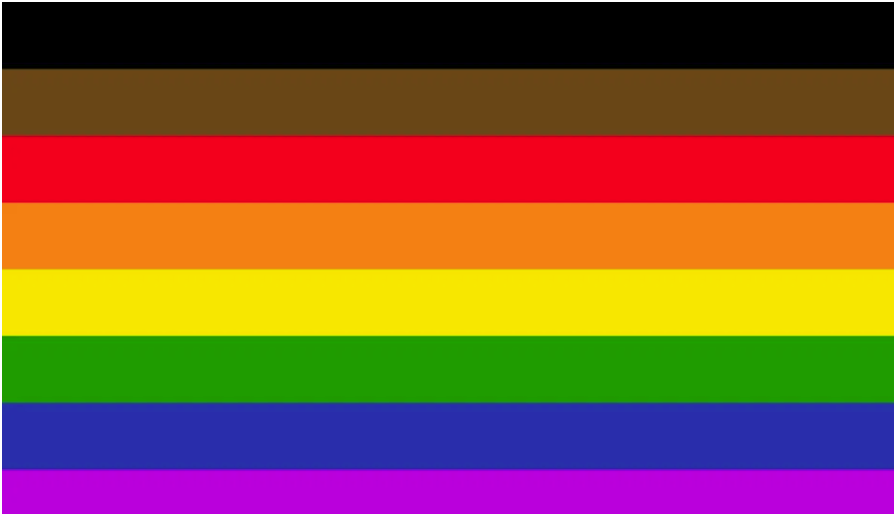
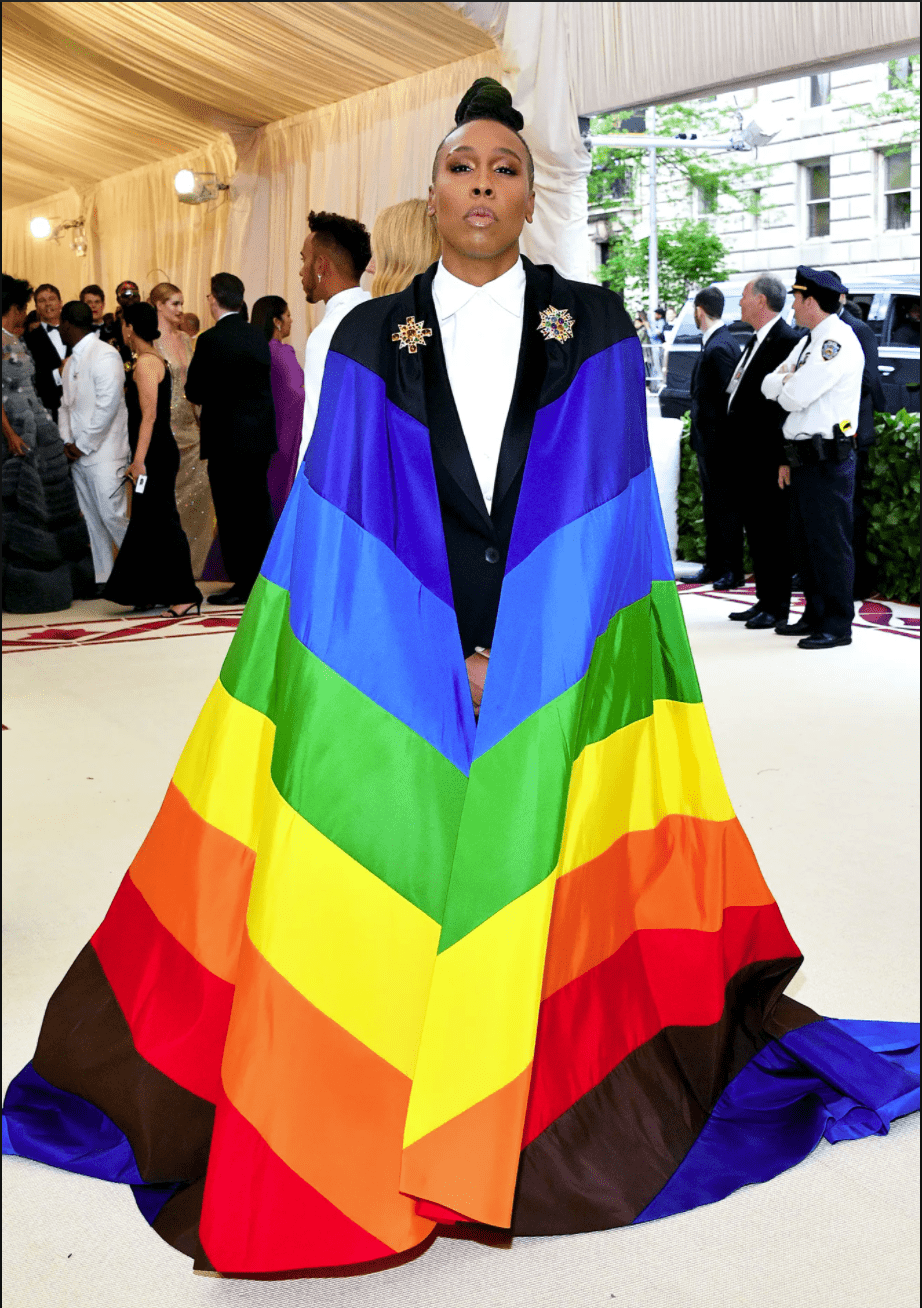
Transgender
Created in 1999 by trans woman Monica Helms, this flag represents the transgender community. The blue and pink colours represent boys and girls respectively, and the white stripe symbolises those who don’t identify with any gender, or are in transition.
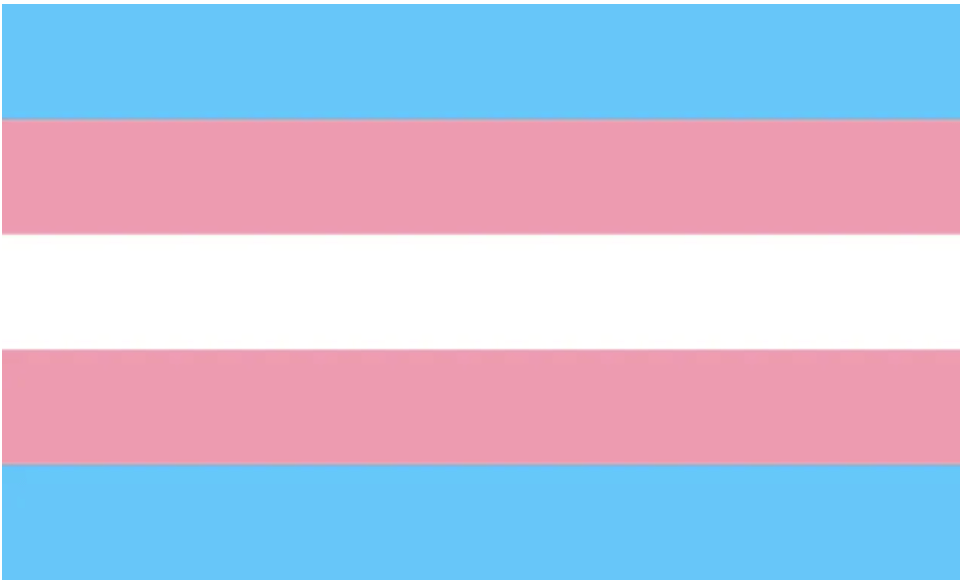
Nonbinary
Created in 2014, by Kye Rowan, this flag represents the nonbinary community.
- Yellow : people who identify as outside the cisgender binary (male/female)
- White : multi-gendered people (as the colour white is all colours mixed together)
- Purple : people who identify as a blend of different genders
- Black : agender people, or those without gender (as black is an absence of colour)
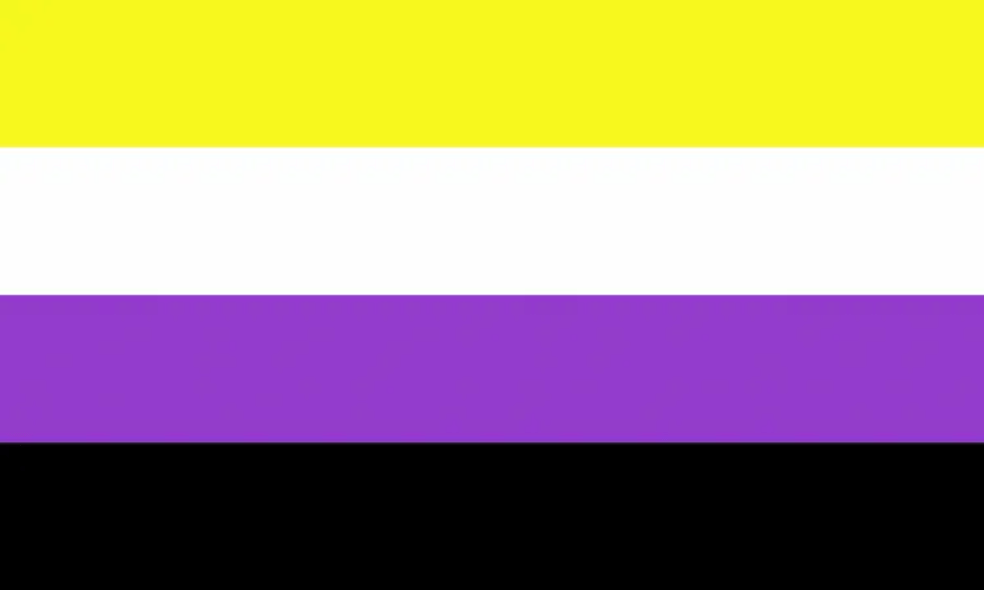
Nonbinary & Trans
This flag is a combination of the previous two, to better include everyone across the gender spectrum.
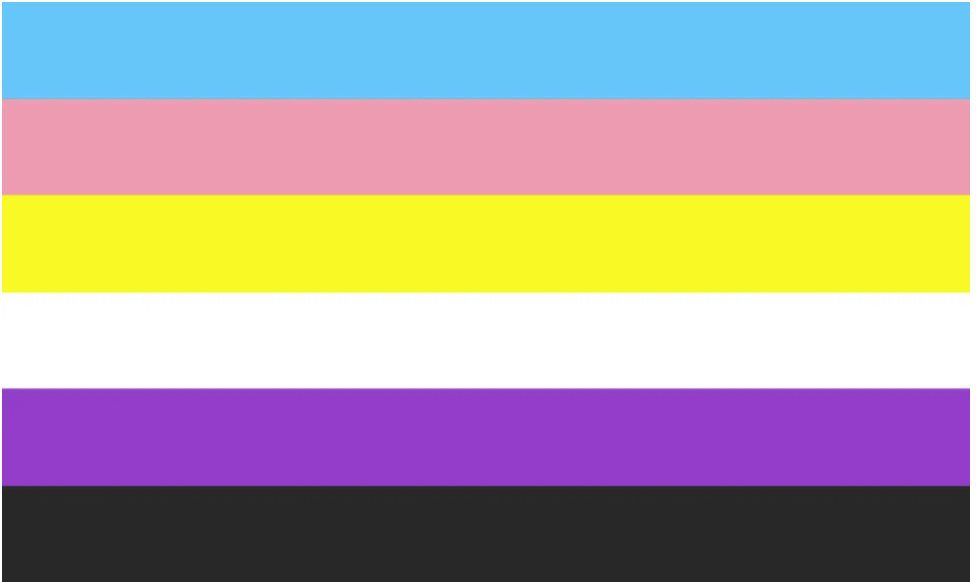
Intersex
Created in 2013, by Morgan Carpenter, this flag represents the intersex community. The single, unbroken circle symbolises how intersex people are perfect and whole just the way they are, or the way they choose to be.

Asexual
Created in 2010, by the Asexual Visibility and Education Network, this flag represents the asexual community.
- Black : asexuality
- Grey : demisexuality (sexual attraction after an emotional bond)
- White : allies of the community
- Purple: the entire community
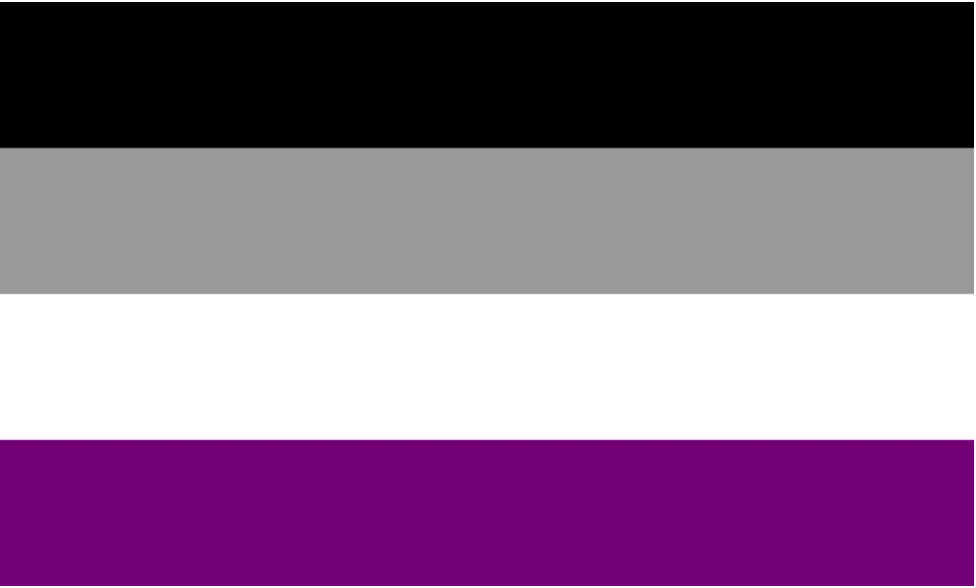
Bisexual
Created in 1998 by Michael Page, this flag represents the bisexual community. The blue and pink colours combining to create purple symbolises how bisexual people can blend into both the straight and gay community. Additionally:
- Pink : attraction to the same gender
- Blue : attraction to a different gender
- Purple: attraction to two or more genders (the definition of bisexuality)
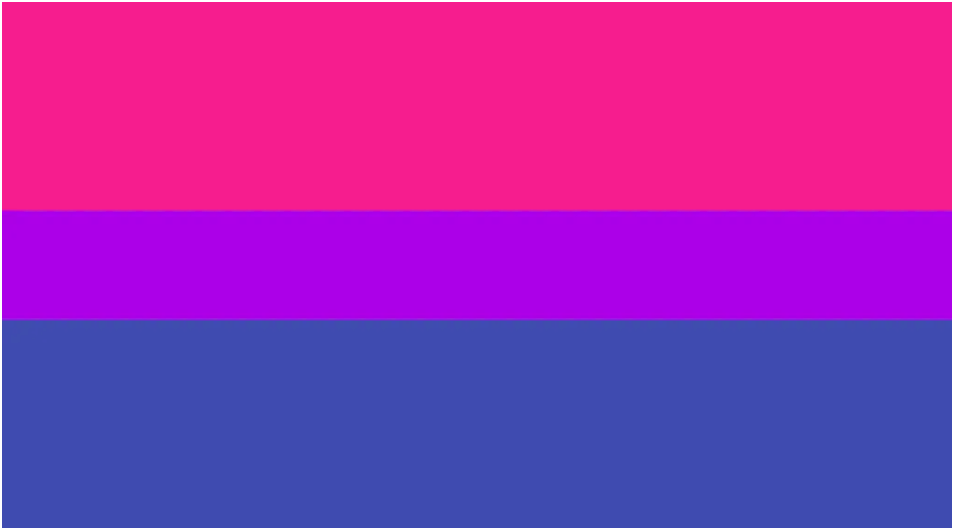
Pansexual
Created in 2010, this flag represents the pansexual community.
- Pink : attraction to women
- Blue : attraction to men
- Yellow : attraction to those who don’t identify with either gender

Lesbian
Created by Emily Gwen, this flag represents the lesbian community. The colours purple and pink were used as they are traditionally feminine colours, and the orange represents butch and gender non-conforming lesbians.

Gay Men
This flag represents gay men, and isn’t very well-known. It’s designed to represent all gay men, across the gender spectrum.

Genderfluid
This flag represents the gender fluid community. Someone who identifies as having no fixed gender.
- Pink : femininity
- White : lack of gender
- Purple : a combination of the feminine and masculine
- Black : all genders
- Blue : masculinity
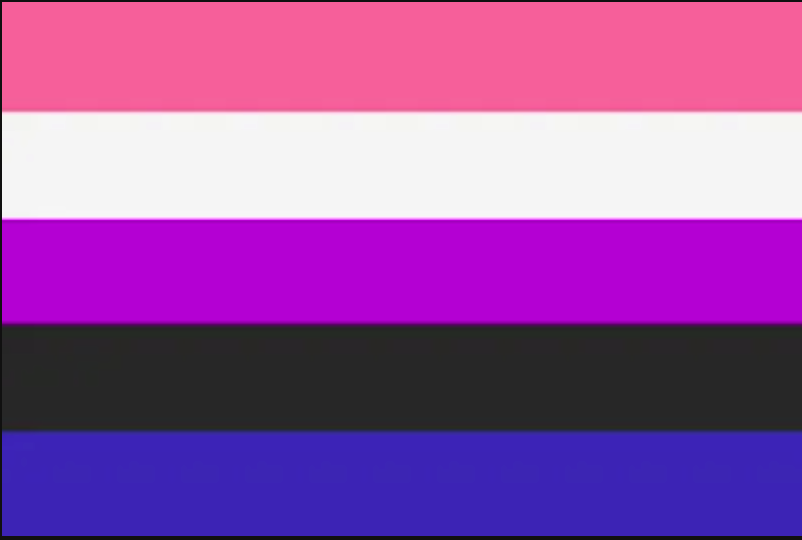
Genderqueer
This flag represents the genderqueer community. Lavender (a mixture of blue and pink) represents androgyny and people who identify as a mixture of male and female), white represents agender people, and dark chartreuse represents those who identify outside of the gender binary.
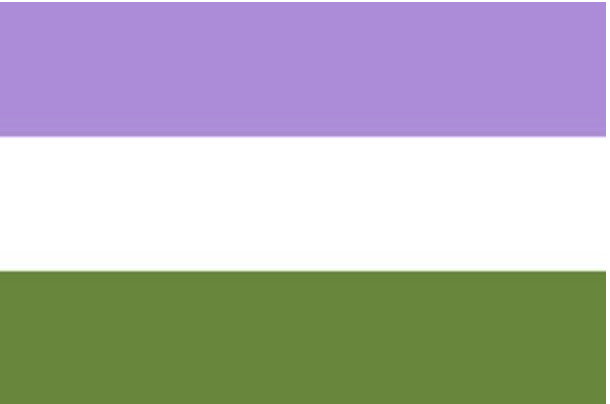
Agender
This flag specifically represents the agender community.
- Black and White: absence of gender
- Green: inverse of purple, represents non-binary genders
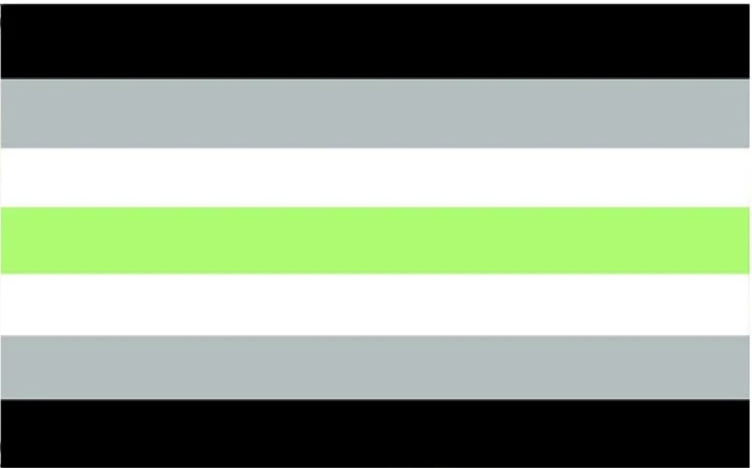
Most Recently Developed Flag
This is the most inclusive flag to date, used to represent all of the queer community. Due to the evolving nature of the LGBTQ+, it was redesigned to be as inclusive as possible. The black stripe represents those that have lost their lives due to AIDS.
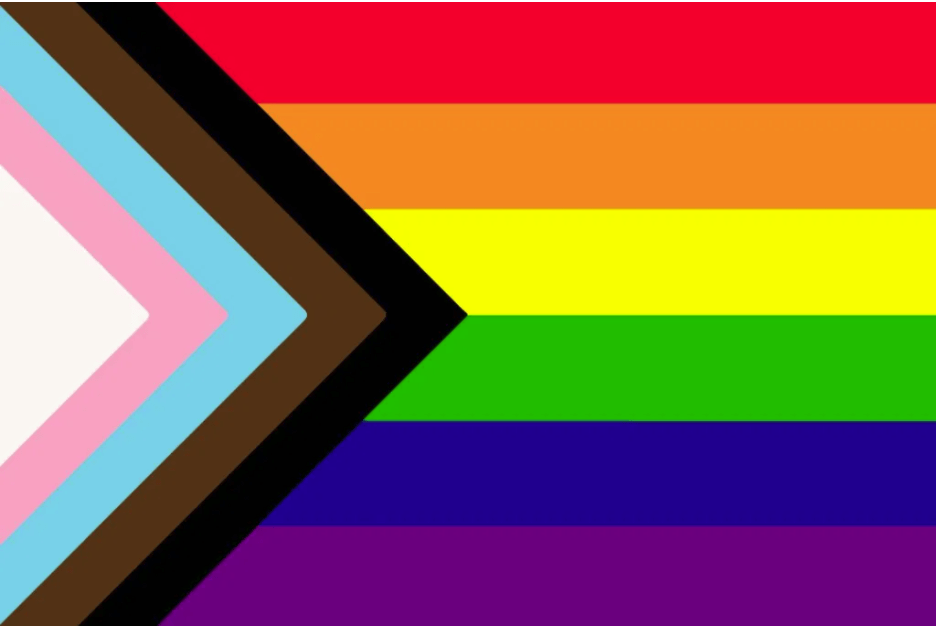
As mentioned above, it is not essential to obsess over recognising and understanding every aspect of every flag, but it shows a great deal of understanding and care to be able to recognise a few.

